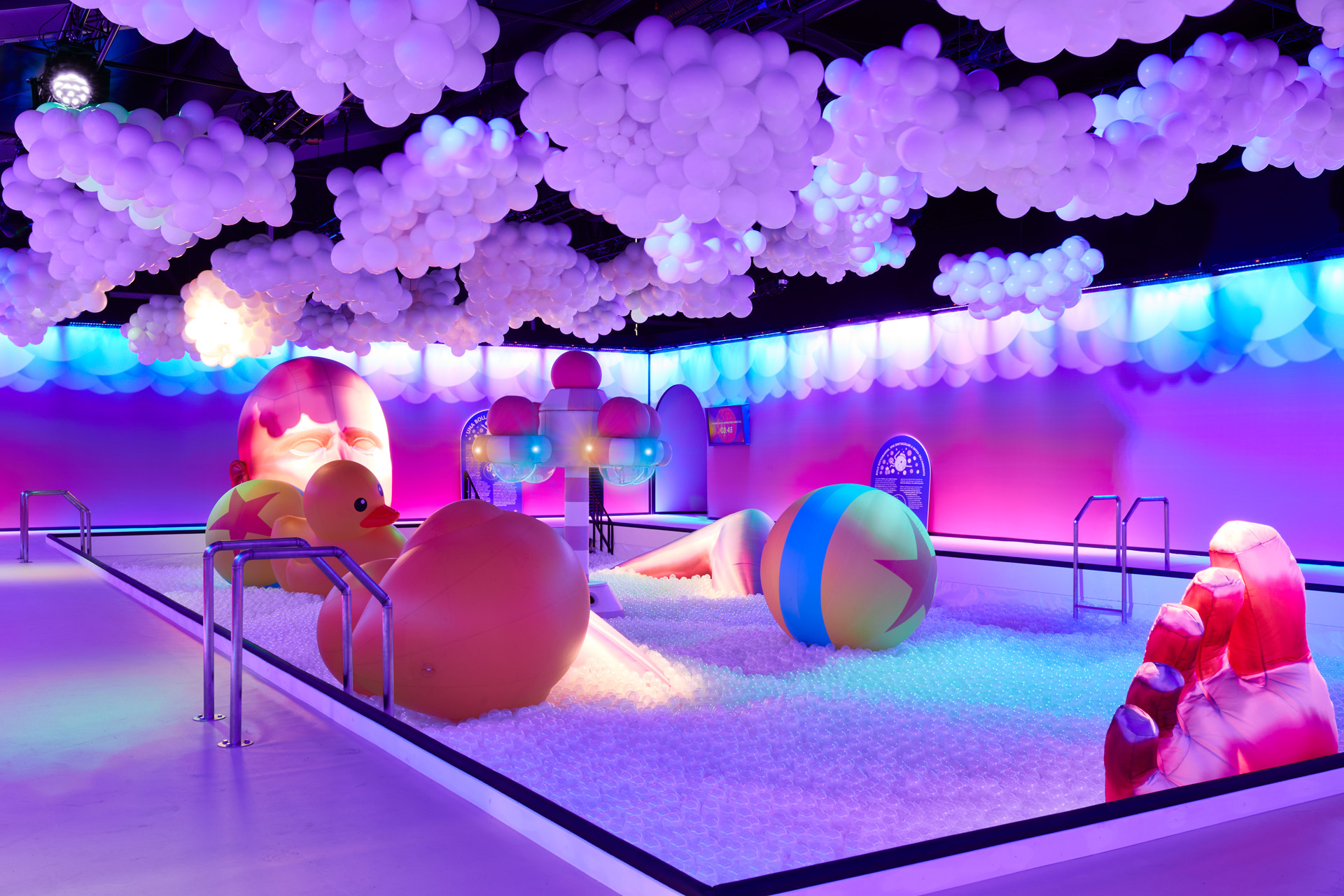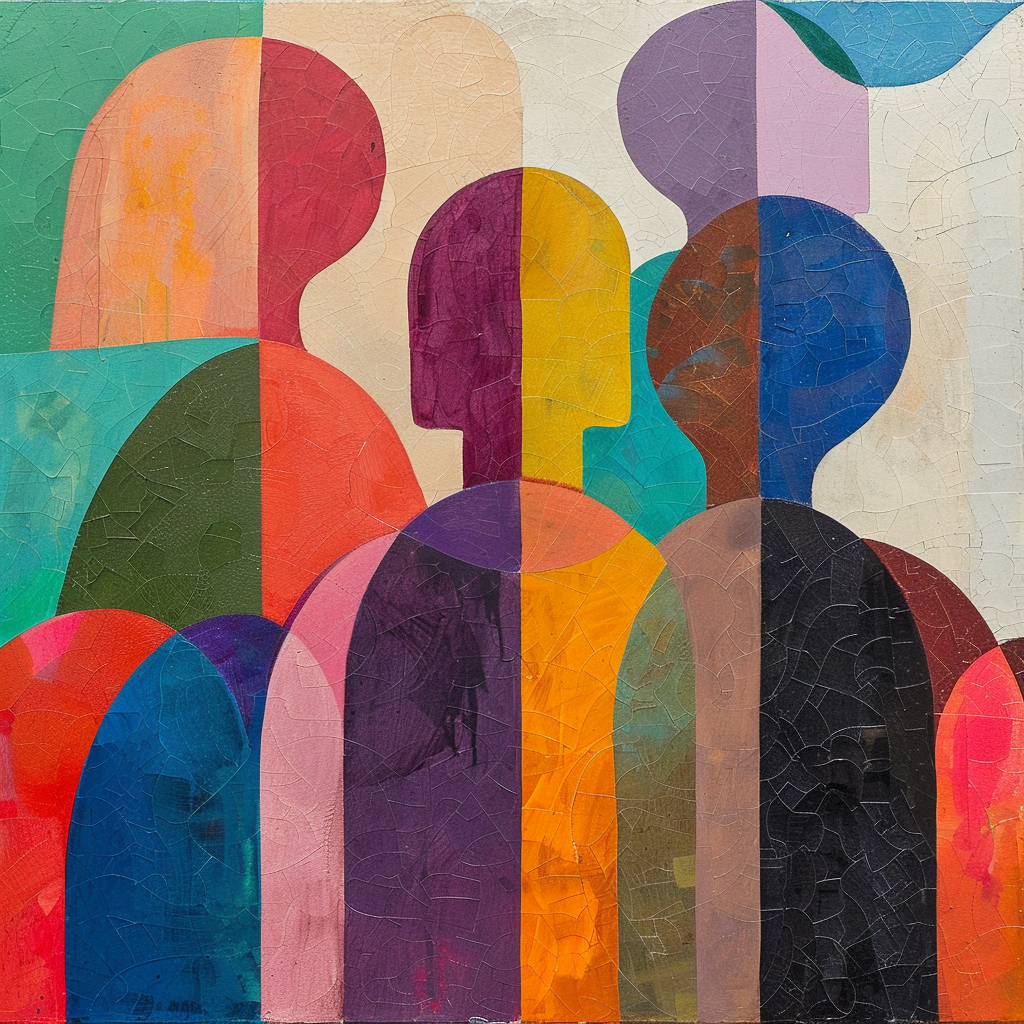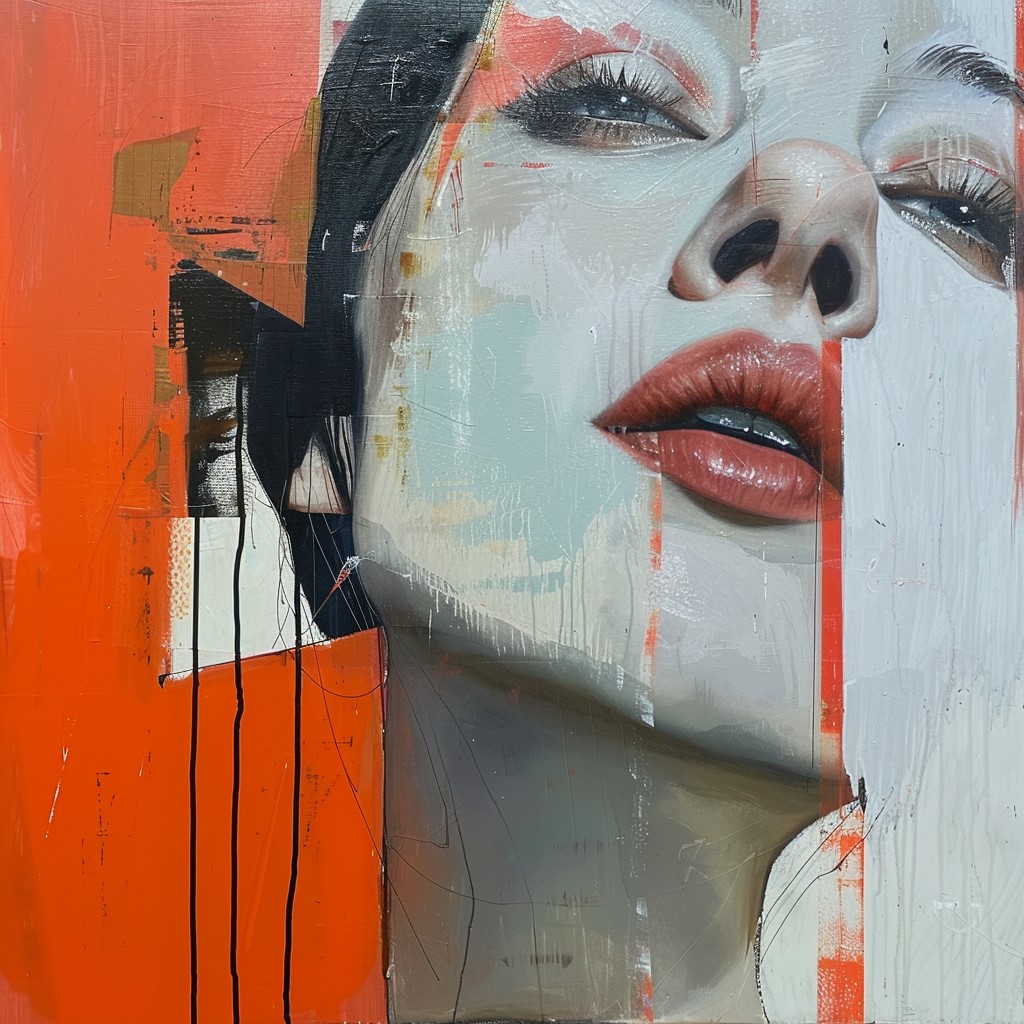The dawn of the 21st century has brought with it revolutionary changes in how we interact with art and culture. In an epoch-defining moment, the Museum of Modern Art (MoMA) recently acquired Refik Anadol’s ‘Machine Hallucination,’ heralding the institutional acceptance of digital art, AI, and immersive experiences. As the landscape evolves, the emergence of immersive exhibitions is pushing the boundaries of what we define as a cultural experience. Immersive exhibitions dedicated to Michelangelo, Frida Kahlo, Leonardo da Vinci, and Claude Monet, as well as exhibitions like ‘The Infinity Mirror Rooms’ by Yayoi Kusama at Tate Modern, have been very successful in shaping public interest in art in recent years. Yet, these innovative and captivating realms of immersive exhibitions are raising questions and inciting discussions. Are these immersive wonders simply sophisticated arenas for entertainment, or are they pioneering a new, more accessible form of cultural engagement?
Bridging the Divide: Inclusivity and Accessibility
A notable hallmark of immersive exhibitions is their inclusive nature. Gone are the days when art was ensconced in ivory towers, accessible only to a particular connoisseur. The audio-visual, multi-sensory elements of immersive exhibitions render art accessible to everyone, including people with disabilities. Think of Paris’ “Atelier des Lumières,” which transmutes Van Gogh’s art into an all-encompassing digital experience. Here, the brushstrokes come to life, engaging not just the eye but the spirit, accessible to one and all.
Reinventing the Classroom: Educational Synergies
The pedagogical potential of immersive exhibitions is extraordinary. In collaborations with educational institutions, these spaces become living textbooks. Whether it’s a history lesson enlivened by an immersive journey through the eras of Frida Kahlo and Monet or a biology class enriched by the wonders of Da Vinci’s anatomical studies, these exhibitions augment traditional educational paradigms.
The Global Palette: Art Without Borders
The digital DNA of immersive experiences like teamLab’s “Borderless” in Tokyo offers unprecedented scalability, enabling cultural exchange without geographical limitations. The adaptable digital format facilitates dialogue across cultures, transcending language barriers and fostering a sense of universal heritage.
Future Perfect: Technology as an Art Form
The synergy between art and technology has reached a new pinnacle. Refik Anadol’s “Machine Hallucination,” now a part of MoMA’s esteemed collection, uses artificial intelligence to create visually stunning narratives. It’s not just about leveraging technology to display art; it’s about recognizing technology itself as an artistic medium. This marriage is a potent harbinger of the kaleidoscopic possibilities that lie ahead.
The Lasting Imprint: Community and Ongoing Dialogue
Beyond the visual spectacle, immersive exhibitions serve as platforms for sustained community engagement. They are ecosystems where art, technology, and human interaction coalesce. These aren’t static experiences but dynamic forums that invite return visits and ongoing conversations.
Culture is not a fossilized artifact but a living, breathing entity that evolves with time, technology, and human insight. Immersive exhibitions are not mere detours from the path of traditional art; they are expansive highways that lead us into unexplored terrains of artistic and cultural possibilities. As we navigate the complex tapestry of 21st-century life, these spaces offer us an enriched, multidimensional lens through which to view, understand, and appreciate the ever-changing panorama of human creativity.

















